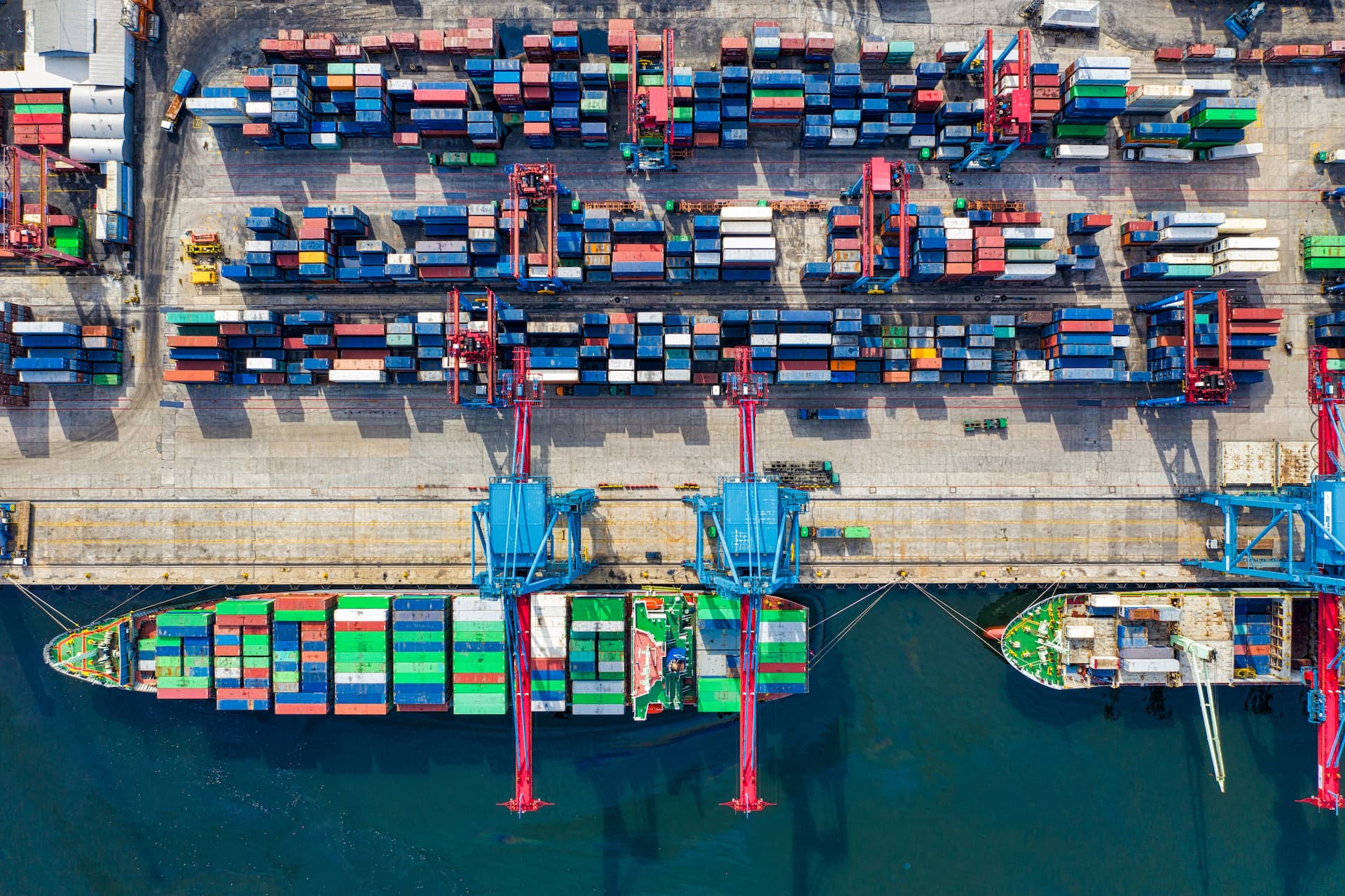Availability of information is at the core of digital supply chains. With the right organizational blueprint and governance, they can enable improved collaboration and communication across digital platforms resulting in improved reliability, agility and effectiveness. This performance difference will force organizations with traditional supply chains to adapt to the new digital realities or run the risk of falling behind competition. Ultimately, once supply chain companies transform, they should be able to benefit in the following areas:
Supply Chain & Logistics
Enabling greater insight, inventory control, enhanced data monetization and enhanced integration within the ecosystem are results of a transformation. Resulting in operational excellence and cost efficiency.
- Supply chain ecosystems
- Real-time track and trace
- Supply chain control tower

Supply chain & logistics
- Leveraging customer buying patterns
- Optimizing complaint and return flow
- Real-time customer track- and traceability
- Optimized warehouse management
- Improved vessel utilization
The overall challenge is bringing the digital initiatives together. Knowing that transforming on a global scale with localized eco system partners and different legislation is not easy. Laying the foundation based on one common standard (process, data and platforms) is of the essence. Supply chain companies should adopt the principle of “value co-creation”. Where a new level of transparency throughout the value chain, based on data opens new best practices. Internally as well as externally. From an internal perspective improvements reside in inventory conditions, supply statuses and potential shipping delays. Externally, supply chain companies can reevaluate their distribution models as consumer shopping behavior changes. It could even enable some B2B organizations shifting towards DTC (direct-to-consumer) and leverage retailers’ strategies for improving their digital service capabilities.